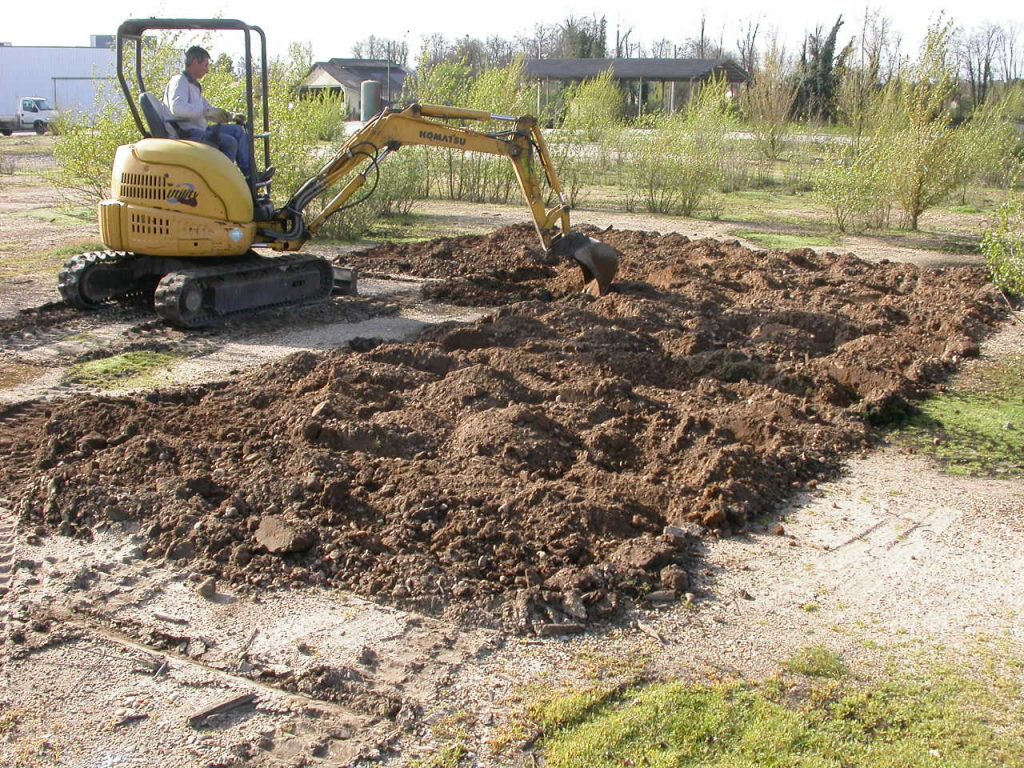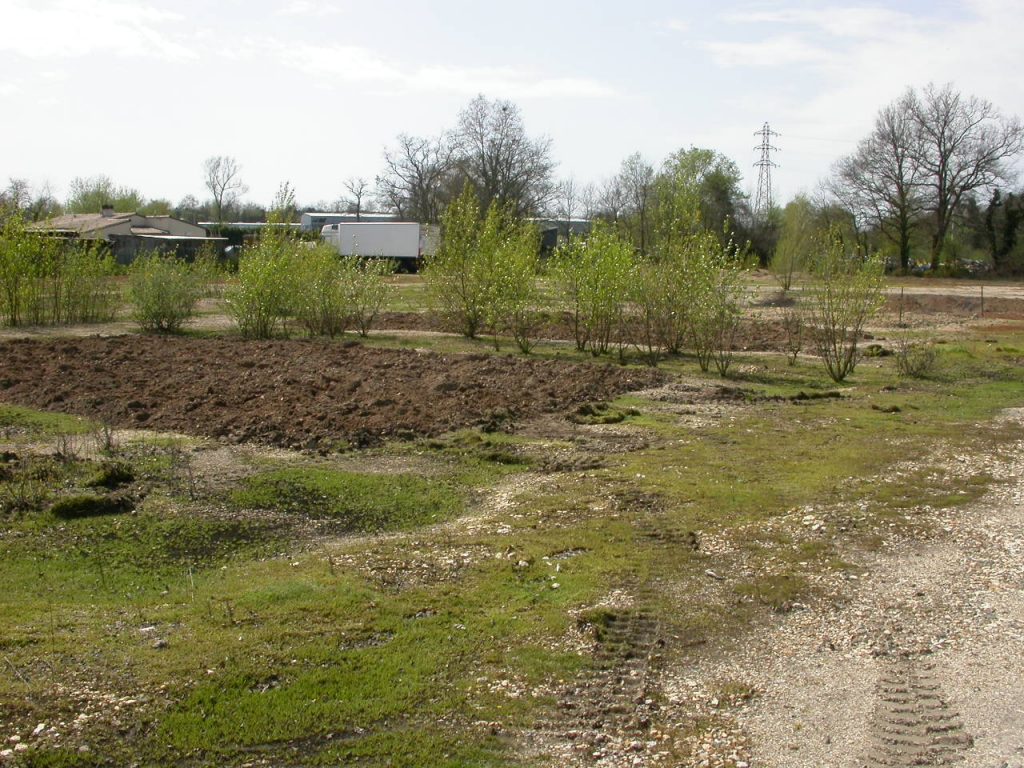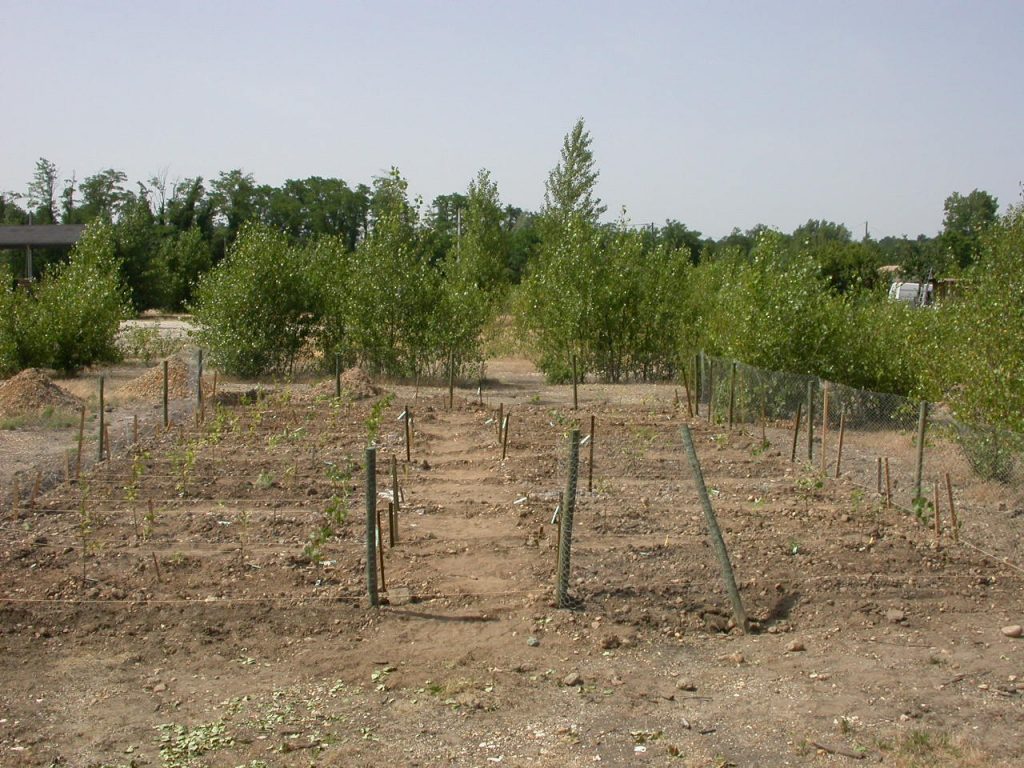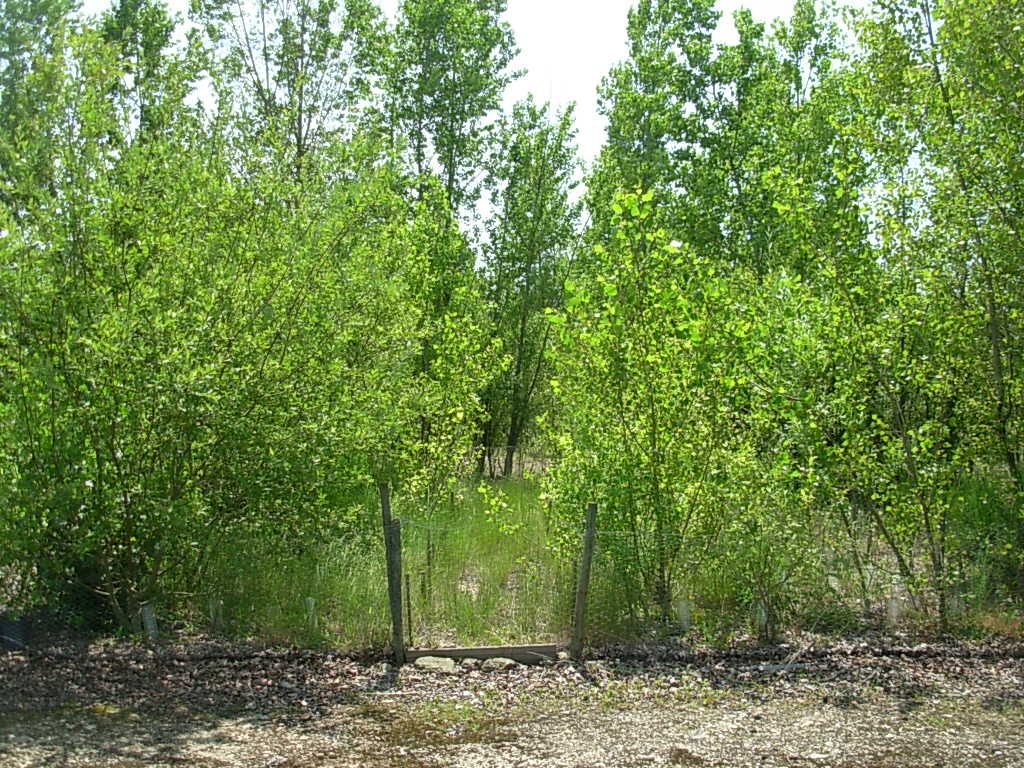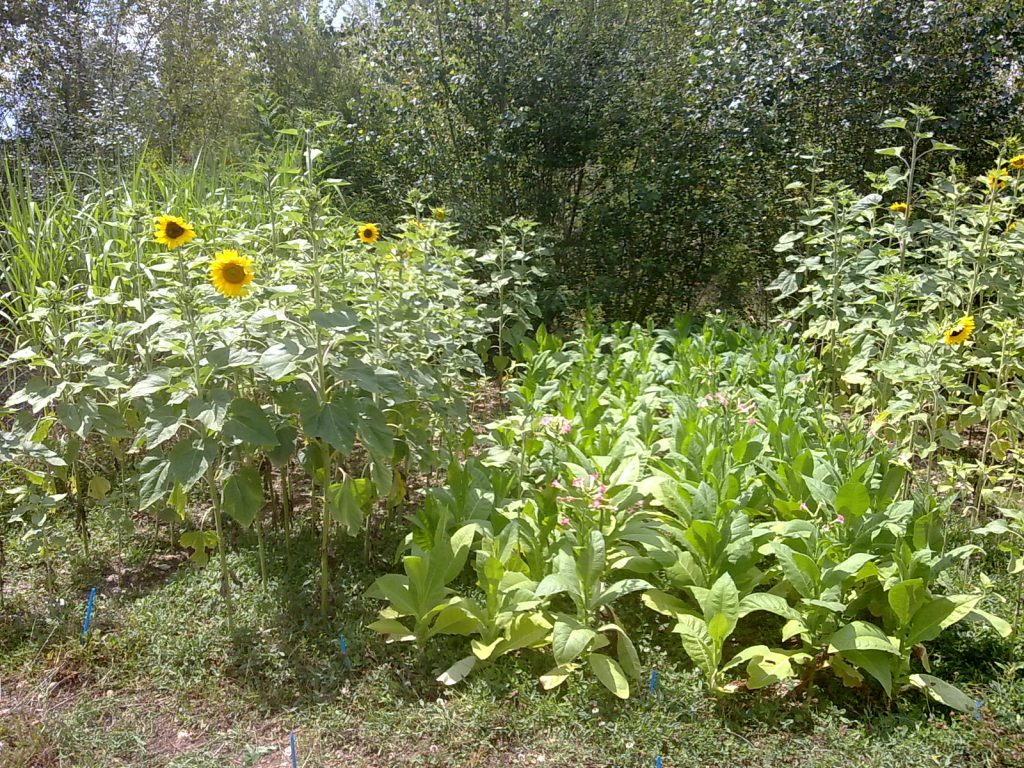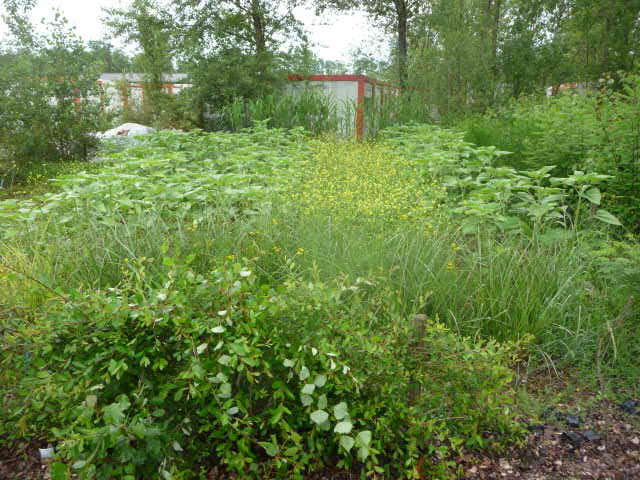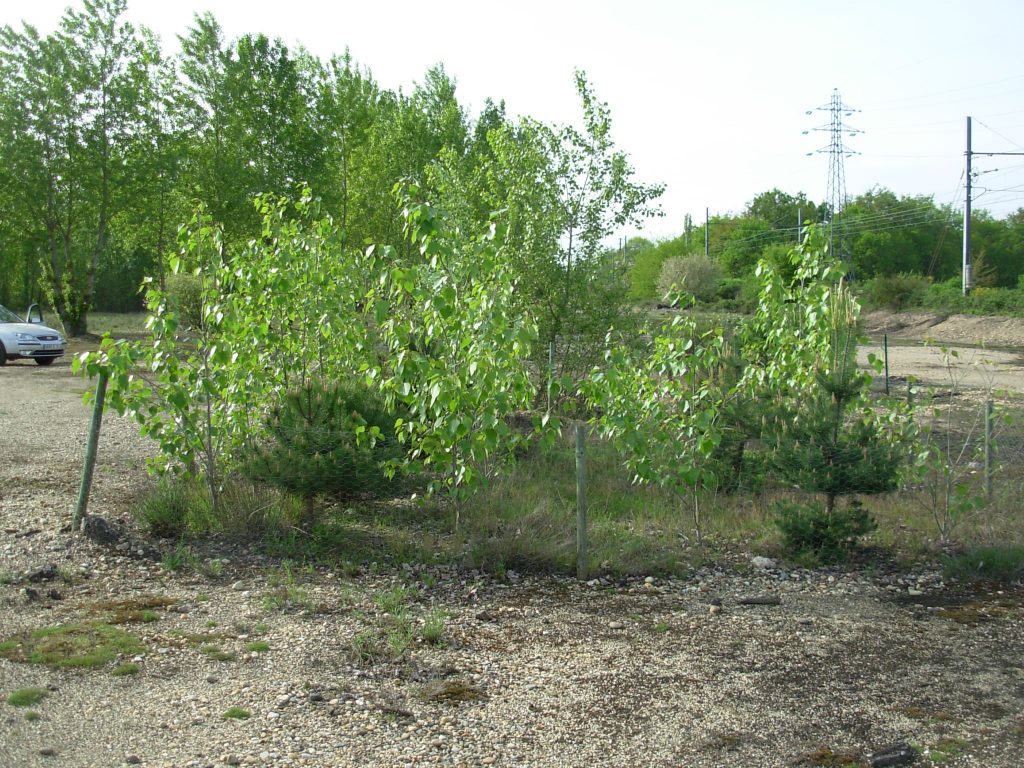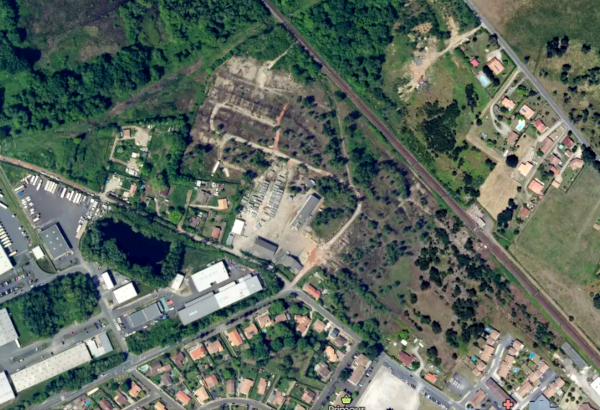
S1: St Médard d’Eyrans (Gironde, FR)
Site “S-1”, Location: St Médard d’Eyrans 44°43.353′ N, 000°30.938′ W
Brief description:
St-Médard d’Eyrans is a wood preservation centre (10 ha) dating back to 1846. Since then, it has been used to treat sleepers, planks, poles and utility poles, and to store them (drying them after impregnation).
Creosote and various copper salts (i.e. sulphate, chromated copper arsenate, hydroxycarbonates with benzylalkonium chloride, then tebuconazole and boric acid) were successively used to preserve these timbers. No treated wood has been stored in the test area since at least 2003. The soil texture is sandy (86 % sand, with 1,3 % organic matter, C/N 16, neutral pH (7) and low cation exchange capacity). The surface soil horizon shows an excess of copper from leaching of treated wood by rainfall, with a high spatial variability that influences the impacts on plant and animal communities. Copper concentration decreases rapidly in the soil profile. A large area (6 ha) is uncultivated; 2 ha remain in activity (wood preservation, construction of metal frames and wooden houses, storage of modular constructions).
There are 91 plant species on the site, some of which are rare and need to be preserved. Several plant management systems have been evaluated, including short-cycle coppice (poplar and willow), cultivation of woody species (Scots pine and poplar), annual herbaceous crops (e.g. sunflower), perennial grasses (Miscanthus, bentgrass…), intercropped legumes (e.g. white clover). Soil amendments tested have been compost, biochar, iron oxides and alkaline products.
Field trials are being extended by the Phy2SUDOE project to assess the long-term improvement of soil ecological functions and underlying services. Plant exposure to Cu decreased, especially by -75%, under sunflower/tobacco rotation (phytoextraction). Soil organic matter content, carbon sequestration, soil fertility and diversity of microbial and plant communities increased. The biomass produced is not contaminated and can be used in the bioeconomy.
Actions during phy2SUDOE
Monitoring actions
- Monitoring of crop and plant community performance: soil cover rate, biomass production, composition, etc.
- Monitoring the recovery of soil biological functions: diversity of the microbial community, etc.
- Monitoring of the evolution of soil physico-chemical properties, labile stocks of pollutants and their bioavailability.
Maintenance actions
- Tillage of plots with annual crops.
- Weed control and mineral fertilisation: fractionation to avoid nitrogen leaching.
- Protection of annual seedlings against herbivory; maintenance of fences.
- Sowing or transplanting of high-yielding annual crops; mulching of soils and irrigation according to climatic conditions.
- Mowing of perennial grasses and short rotation coppice, depending on weather conditions and tree growth.


